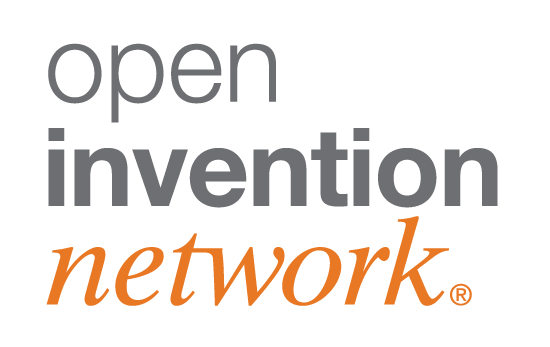Semiconductors
A single smartphone today has more power than the computers NASA relied on to send astronauts to the moon and back 50 years ago. Semiconductors were the brains in 1969 and are propelling future technology advancements at a rapid pace.
“Chip design projects that once cost a few tens of millions of dollars a decade ago, have climbed as much as $200 million,” according to the Global Semiconductor Alliance (GSA). Challenges will only continue in the future as new technology arises. Artificial Intelligence (AI). The Internet of Things (IoT). Quantum Computing. 5G. Robots. Smart Cities. These are just a few areas influencing the semiconductor ecosystem. Add to that, an increased demand from both consumers and businesses for faster speed, higher functionality, and low-power, “greener” devices. The intelligent chipsets of today — and tomorrow — do more.
As the world continues transitioning from an application-centric one to a data-first model, it is only a matter of time until almost all data will be generated — and consumed by —machines. For the semiconductor industry, this is good news. The global market is predicted to grow to $90.8 billion U.S. dollars by 2024, according to Market Watch. By 2030, forecasters expect it to reach $1 trillion.
Many semiconductor firms across the globe are accepting the Open Source approach. And many industry leaders are joining our community, realizing the plethora of benefits derived from Open Source innovation and collaboration.
A single smartphone today has more power than the computers NASA relied on to send astronauts to the moon and back 50 years ago. Semiconductors were the brains in 1969 and are propelling future technology advancements at a rapid pace.
“Chip design projects that once cost a few tens of millions of dollars a decade ago, have climbed as much as $200 million,” according to the Global Semiconductor Alliance (GSA). Challenges will only continue in the future as new technology arises. Artificial Intelligence (AI). The Internet of Things (IoT). Quantum Computing. 5G. Robots. Smart Cities. These are just a few areas influencing the semiconductor ecosystem. Add to that, an increased demand from both consumers and businesses for faster speed, higher functionality, and low-power, “greener” devices. The intelligent chipsets of today — and tomorrow — do more.
As the world continues transitioning from an application-centric one to a data-first model, it is only a matter of time until almost all data will be generated — and consumed by —machines. For the semiconductor industry, this is good news. The global market is predicted to grow to $90.8 billion U.S. dollars by 2024, according to Market Watch. By 2030, forecasters expect it to reach $1 trillion.
Many semiconductor firms across the globe are accepting the Open Source approach. And many industry leaders are joining our community, realizing the plethora of benefits derived from Open Source innovation and collaboration.
Here are a few highlights about our community members:

Alibaba’s chip subsidiary, Pingtouge, utilizes Open Source architecture, RISC-V, rather than Arm and develops new processors that drive embedded systems, automation, automotive and edge-computing applications.

Broadcom expanded its Ethernet Switch Software Suite, introducing the industry’s 1st fully Open Source Software development kit with open APIs and source code to accelerate development and deployment of networking stacks in 2018. The company also unveiled the industry’s 1st open Artificial Intelligence (AI) operations platform that delivers full-stack observability for hybrid clouds in 2021. Today, Broadcom’s wireless connectivity chips are used in iPhones and other smartphones. Its switch silicon and custom designs are pars of data centers owned by cloud computing giants such as Alphabet (Google) and Amazon.

Marvell Technology —which acquired Cavium — introduced the 1st semiconductor application framework optimized for the Internet of Things (IoT) when it open sourced KinomaJS using JavaScript. Marvell’s technologies move, store, process and secure the world’s data with Open Source semiconductor solutions.

DSP Group — which was acquired by Synaptics — is a leading global provider of voice and wireless chipset solutions for converged communications and uses Open Source Software in its leading-edge semiconductor technologies.

Hitachi offers one of the most diverse power semiconductor portfolios, some of which ensure Electronic Vehicles (EVs) and trains run smoothly, generate power efficiently and turn wind turbines reliably. The company has also open sourced many of its products, including in Hitachi Vantara.

UNISOC is a Chinese-based leading fabless semiconductor company in mobile communications and IoT chipsets, and a strong proponent of Open Source Software (OSS). It remains committed to OSS as an enabler of advanced communications and industrial / IoT systems.









